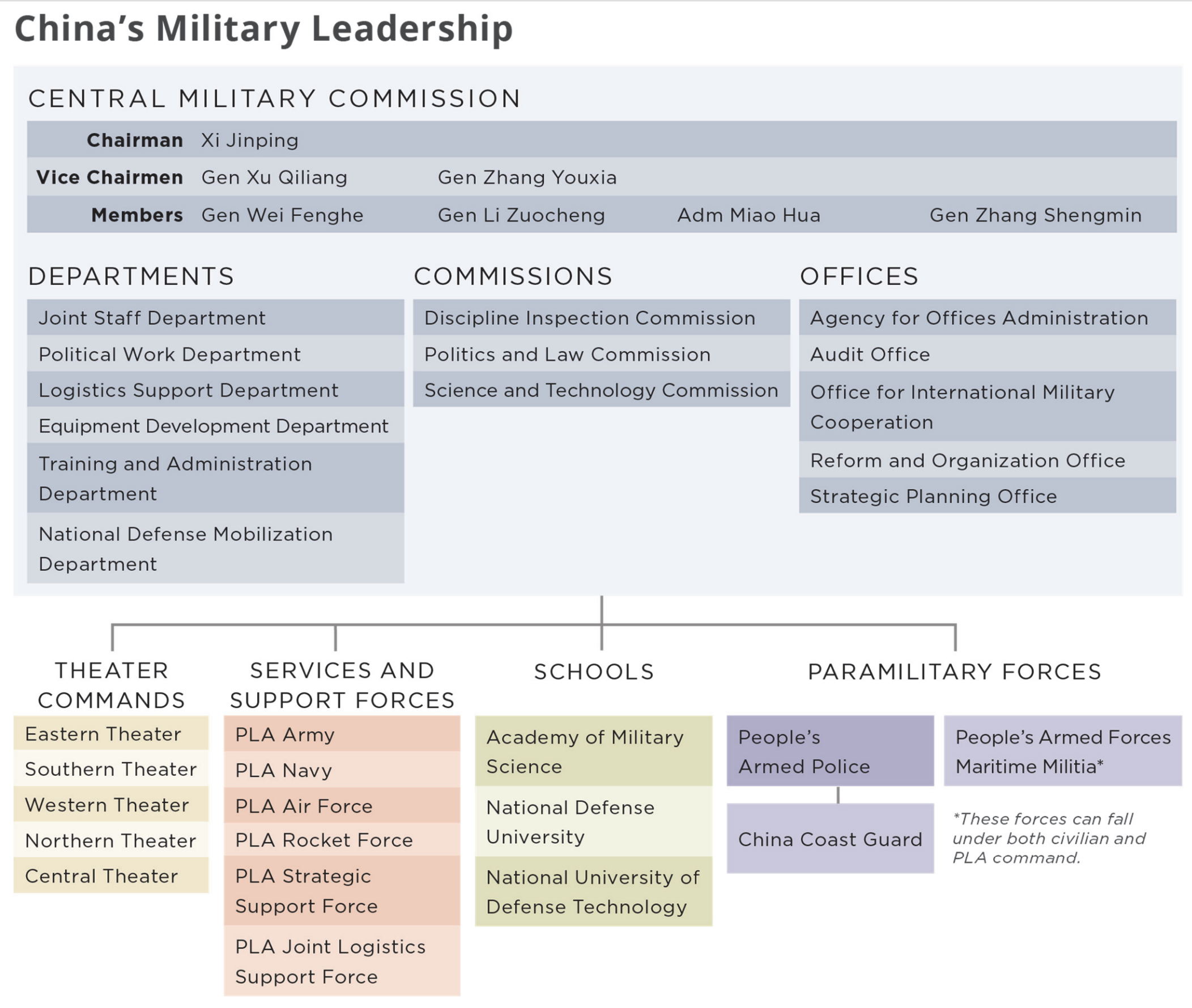Pentagon’s 2019 China Military Power Report Offers Strong Content on Maritime Militia
Office of the Secretary of Defense, Military and Security Developments Involving the People’s Republic of China 2019 (Arlington, VA: Department of Defense, 2 May 2019).
p. 18

p. 52
INCREASING INTEROPERABILITY WITH PARAMILITARY AND MILITIA
Key Takeaways
- As of 2018, the CMC assumed direct control of the PAP. As part of this reform, the PAP also assumed control of the China Coast Guard (CCG) from China’s State Oceanic Administration.
- Paramilitary reforms could improve paramilitary forces’ ability to provide support to PLA operations under the command of the joint theater commands.
- In 2018, examples of interoperability between the PLA and paramilitary forces included coordination between the PLAN, the CCG, and the People’s Armed Forces Maritime Militia (PAFMM).
p. 53
People’s Armed Forces Maritime Militia (PAFMM). The PAFMM is a subset of China’s national militia, an armed reserve force of civilians available for mobilization. Militia units organize around towns, villages, urban sub-districts, and enterprises and vary widely in composition and mission. In the South China Sea, the PAFMM plays a major role in coercive activities to achieve China’s political goals without fighting, part of broader Chinese military theory that sees confrontational operations short of war as an effective means of accomplishing political objectives. The militia has played significant roles in a number of military campaigns and coercive incidents over the years, including the 2009 harassment of the USNS Impeccable conducting normal operations, the 2012 Scarborough Reef
p. 54
standoff, the 2014 Haiyang Shiyou-981 oil rig standoff, and a large incursion in waters near the Senkakus in 2016. A large number of PAFMM vessels train with and assist the PLAN and CCG in tasks such as safeguarding maritime claims, surveillance and reconnaissance, fisheries protection, logistic support, and search and rescue. The government subsidizes various local and provincial commercial organizations to operate militia vessels to perform “official” missions on an ad hoc basis outside of their regular civilian commercial activities. In the past, the PAFMM rented fishing vessels from companies or individual fishermen, but China has built a state-owned fishing fleet for at least part of its maritime militia force in the South China Sea. The Hainan provincial government, adjacent to the South China Sea, ordered the building of 84 large militia fishing vessels with reinforced hulls and ammunition storage, which the militia received by the end of 2016, along with extensive subsidies to encourage frequent operations in the Spratly Islands. This particular PAFMM unit is also China’s most professional. Its forces are paid salaries independent of any clear commercial fishing responsibilities and recruited from recently separated veterans.
,





































